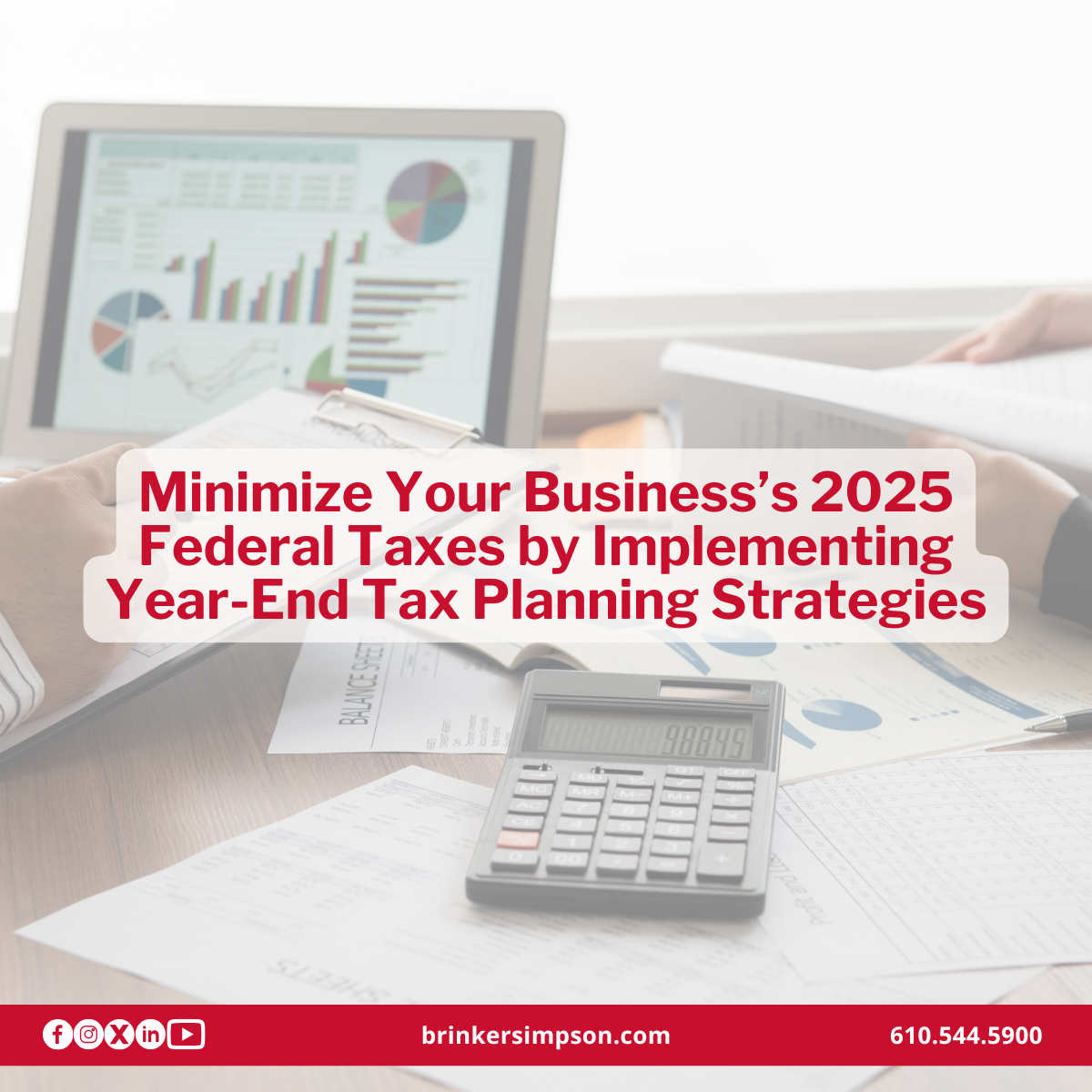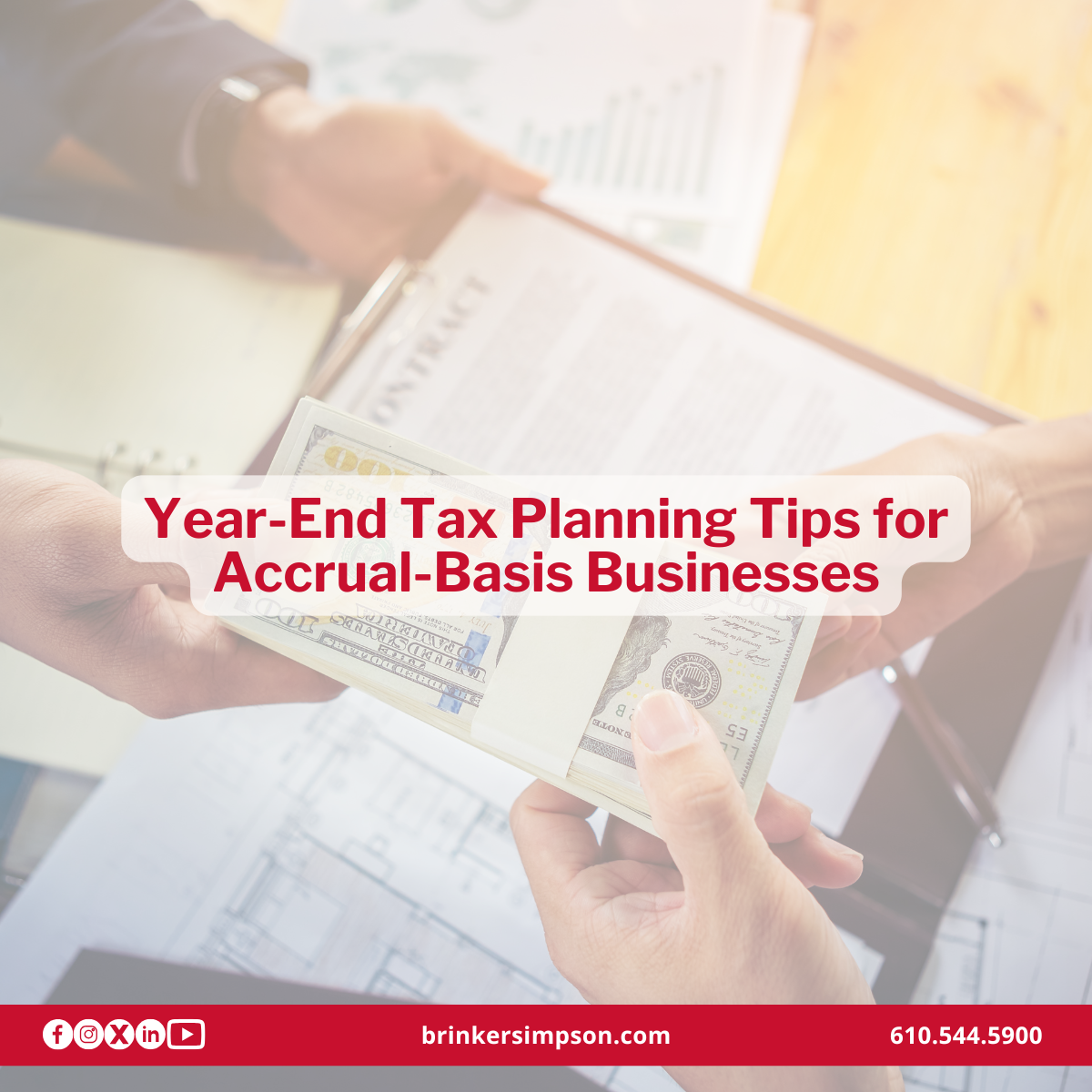Many business owners are often confused when they show a profit but still struggle to pay bills. The key to understanding this discrepancy is recognizing the difference between profits and cash flow. These two financial metrics measure different things, and both are essential for understanding the overall health of a business.Operating Activities
Profits are closely tied to taxable income and are reported on the company's income statement. They represent revenue minus the cost of goods sold and other operating expenses during an accounting period. However, profits do not necessarily reflect when cash is received or paid, as accrual accounting dictates that revenue is recorded when earned and expenses when incurred, not when money changes hands.
For example, if a manufacturer buys raw materials on credit to produce goods, the cost is recorded as an expense only when the goods are sold, not when the payment for the materials is made. This delay in recognition can cause a mismatch between the expenses recorded on the income statement and the cash flow.
Similarly, accounts receivable (unpaid invoices) are recorded as revenue even though no cash has yet been received. As businesses grow, these receivables can swell, leading to profits on paper but reduced cash availability. If customers delay payments, cash flow issues may arise, even if profits are high.
Financing and Investing Activities
In addition to operating activities, financing and investing activities also play a crucial role in determining cash flow. For instance, when a company finances the purchase of new equipment, it incurs a large expense, but the cash outflow may be spread over time through loan repayments. The equipment might be fully depreciated in the year of purchase, reducing profits significantly, but the actual cash outflow in that year could be minimal if the purchase is financed. The result is a potential mismatch between cash outflow and reported profits.
Alternatively, if your business borrows money, the loan proceeds will increase your cash balance without affecting profits. However, repaying the principal on the loan reduces cash without lowering your reported profit, since only the interest portion of the loan is treated as an expense.
Cash Flow Management
To manage these differences effectively, businesses must develop a cash flow forecast that tracks expected inflows and outflows. Profitability is important, but without enough cash to cover daily operations, a business can quickly run into trouble. Consider timing payments to suppliers, managing inventory levels, and tightening credit terms with customers to maintain a healthy cash flow.
We Can Help
Understanding the nuances between profits and cash flow is essential for long-term success. We can help you analyze your financials, identify potential cash flow issues, and offer solutions to optimize both profitability and liquidity. Contact us today to learn more.



